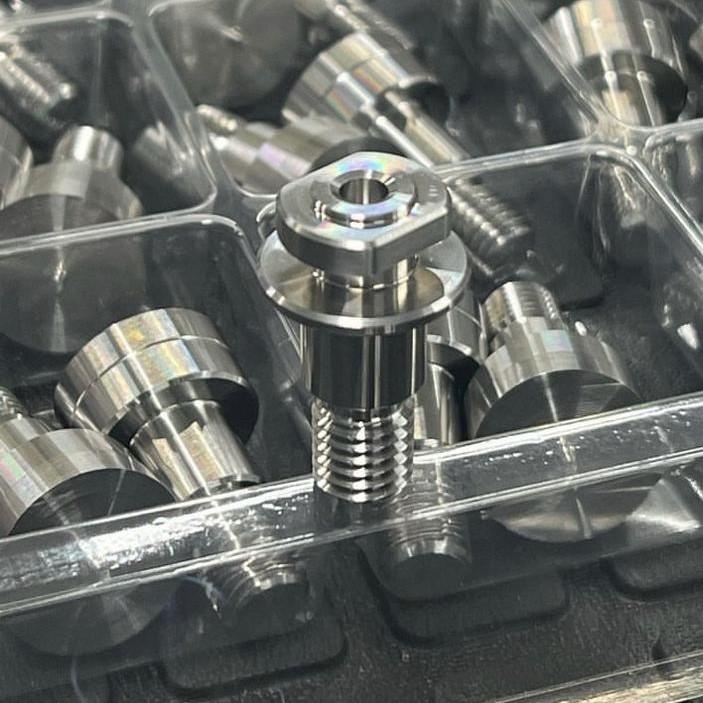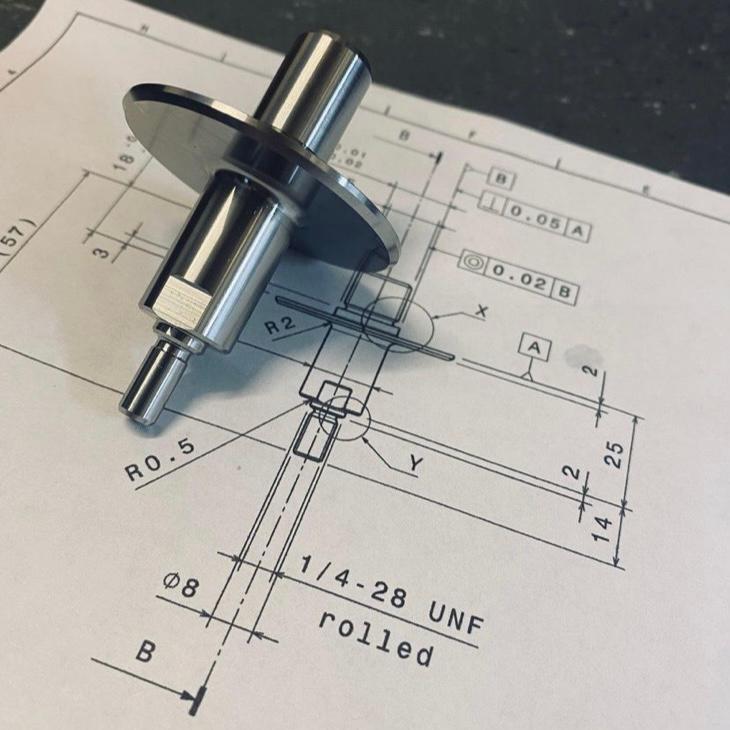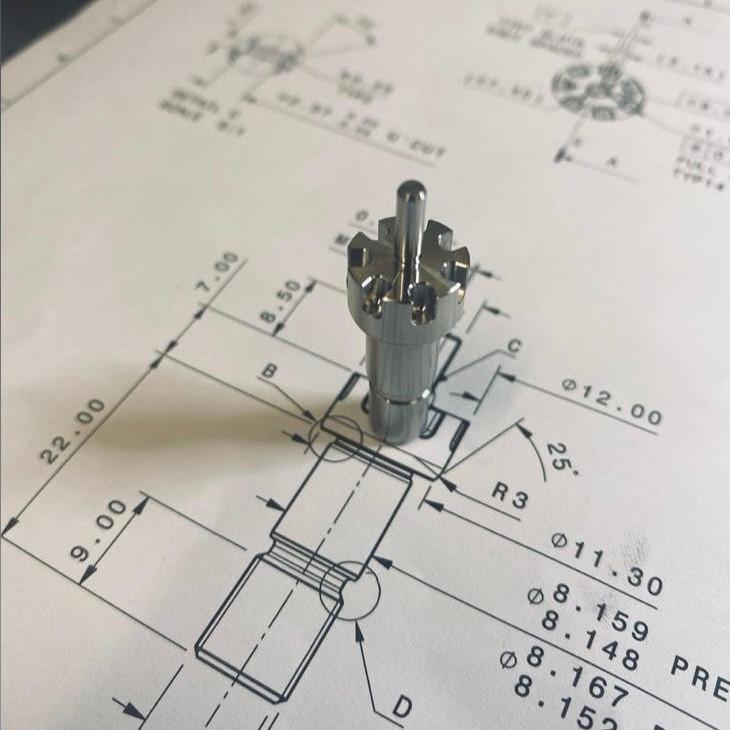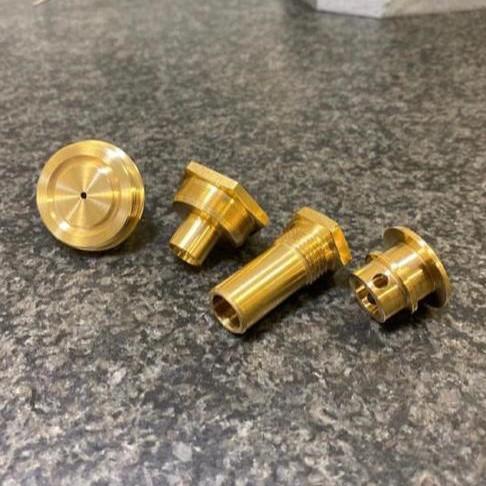Welcome to our blog
Welcome to our comprehensive blog where we embark on an exciting journey into the realm of CNC components. These intricate parts serve as the backbone of precision machining, revolutionizing the manufacturing industry. In this 1000-word exploration, we will uncover the diverse range of CNC components, their vital functions, and their significance in driving efficiency and accuracy. Whether you’re a novice looking to learn more or a seasoned professional seeking deeper insights, join us as we unravel the fascinating world of CNC components.
Understanding CNC Components: To begin our exploration, it’s essential to understand the fundamentals of CNC components. CNC, short for Computer Numerical Control, refers to the automated control of machine tools through computer programming. CNC components are the vital parts integrated within these machines, enabling them to perform precise and complex operations. These components include spindle motors, tool holders, linear guides and bearings, ball screws, servo motors and drives, CNC controllers, coolant systems, and workholding devices. Each of these components plays a critical role in ensuring the efficiency, accuracy, and overall performance of CNC machines.
Commonly Used CNC Components In this section, we’ll delve deeper into some of the commonly used CNC components and explore their specific functions and characteristics. Spindle motors, for instance, are responsible for rotating the cutting tool at high speeds, while tool holders securely grip the cutting tools in place. Linear guides and bearings facilitate smooth and precise movement of machine axes, ensuring optimal positioning. Ball screws, on the other hand, convert rotary motion into linear motion with high precision. Servo motors and drives provide the necessary power and control for accurate and dynamic movements. CNC controllers serve as the brains of the operation, interpreting the programmed instructions and coordinating the machine’s actions.
Key Factors for Selecting CNC Components Selecting the right CNC components is crucial for achieving optimal performance and efficiency. Here, we’ll discuss the key factors to consider when choosing these components. Precision and accuracy are paramount, as CNC machines are known for their ability to deliver exceptional precision. Load capacity is another critical consideration, as components must be capable of withstanding the forces exerted during machining processes. Durability and reliability ensure the longevity of the components, reducing downtime and maintenance costs. Speed and feed rates are important for achieving efficient machining, while compatibility with machine tools guarantees seamless integration and operation. By carefully evaluating these factors, manufacturers can select CNC components that best suit their specific machining needs.
Key Factors for Selecting CNC Components Selecting the right CNC components is crucial for achieving optimal performance and efficiency. Here, we’ll discuss the key factors to consider when choosing these components. Precision and accuracy are paramount, as CNC machines are known for their ability to deliver exceptional precision. Load capacity is another critical consideration, as components must be capable of withstanding the forces exerted during machining processes. Durability and reliability ensure the longevity of the components, reducing downtime and maintenance costs. Speed and feed rates are important for achieving efficient machining, while compatibility with machine tools guarantees seamless integration and operation. By carefully evaluating these factors, manufacturers can select CNC components that best suit their specific machining needs.
The Significance of CNC Components in Industries CNC components are the driving force behind numerous industries, revolutionizing manufacturing processes across the board. In the automotive sector, these components enable the production of intricate engine parts with precise tolerances. In aerospace, CNC machining ensures the creation of lightweight, durable components critical for aircraft performance. Electronics manufacturers rely on CNC components to produce precise circuit boards and miniature components. Medical device manufacturers utilize CNC machining for the fabrication of intricate implants and surgical instruments. Even the furniture industry benefits from CNC components, allowing for the precise cutting and shaping of wood and other materials. From prototyping to large-scale production, CNC components play a pivotal role in enhancing productivity and product quality across various sectors.
Conclusion
CNC components are the unsung heroes behind precision machining, enabling manufacturers to achieve remarkable accuracy, efficiency, and productivity. Through our exploration of the diverse range of CNC components, their functions, and their significance across various industries, we have uncovered the vital role they play in modern manufacturing. By understanding the fundamental aspects and key considerations associated with CNC components, manufacturers can harness their full potential and unlock new levels of precision and efficiency. As technology continues to advance, CNC components will continue to evolve, shaping the future of manufacturing in innovative ways.
Note: we also customized our products as per customer drawings or size, contact us now.








